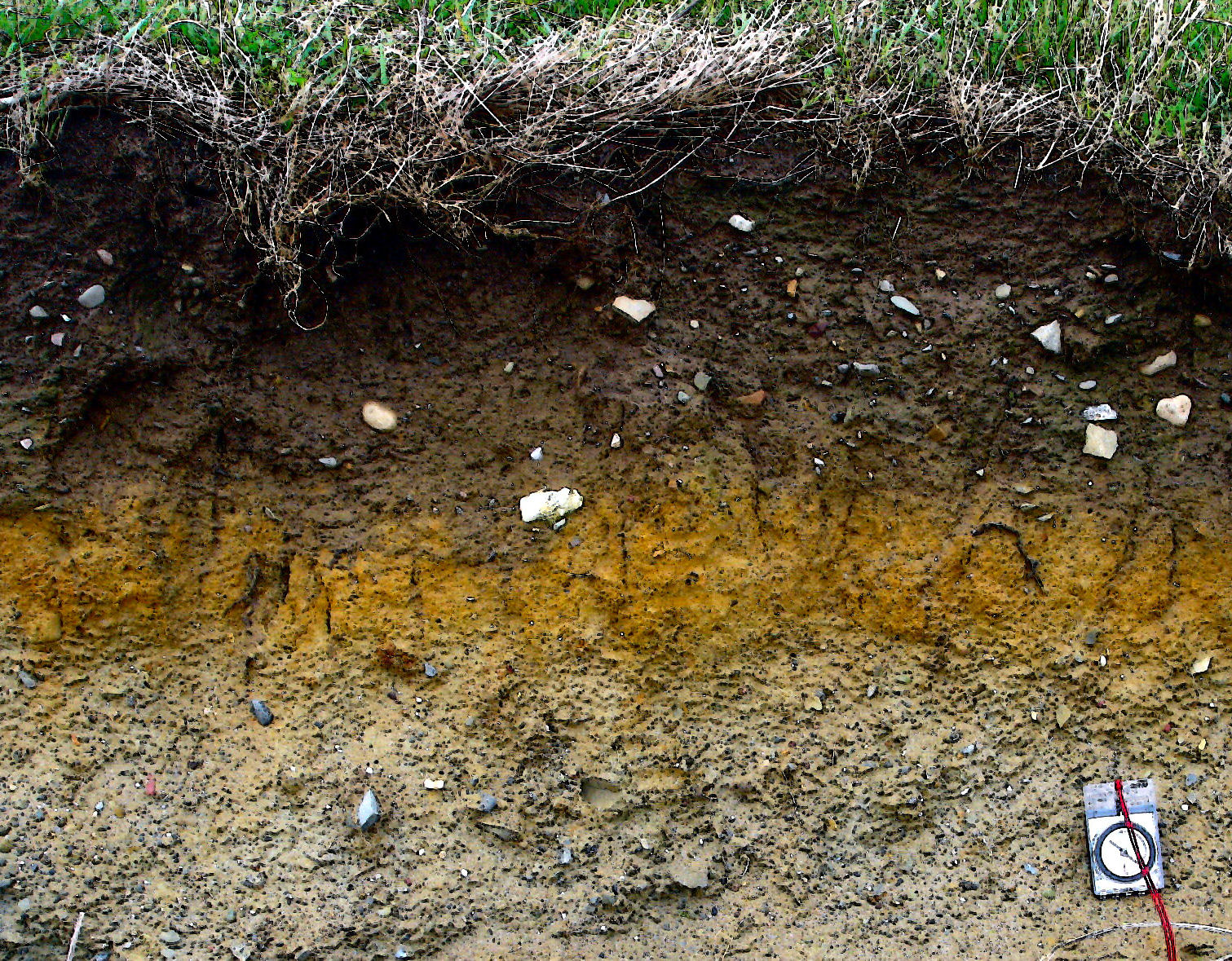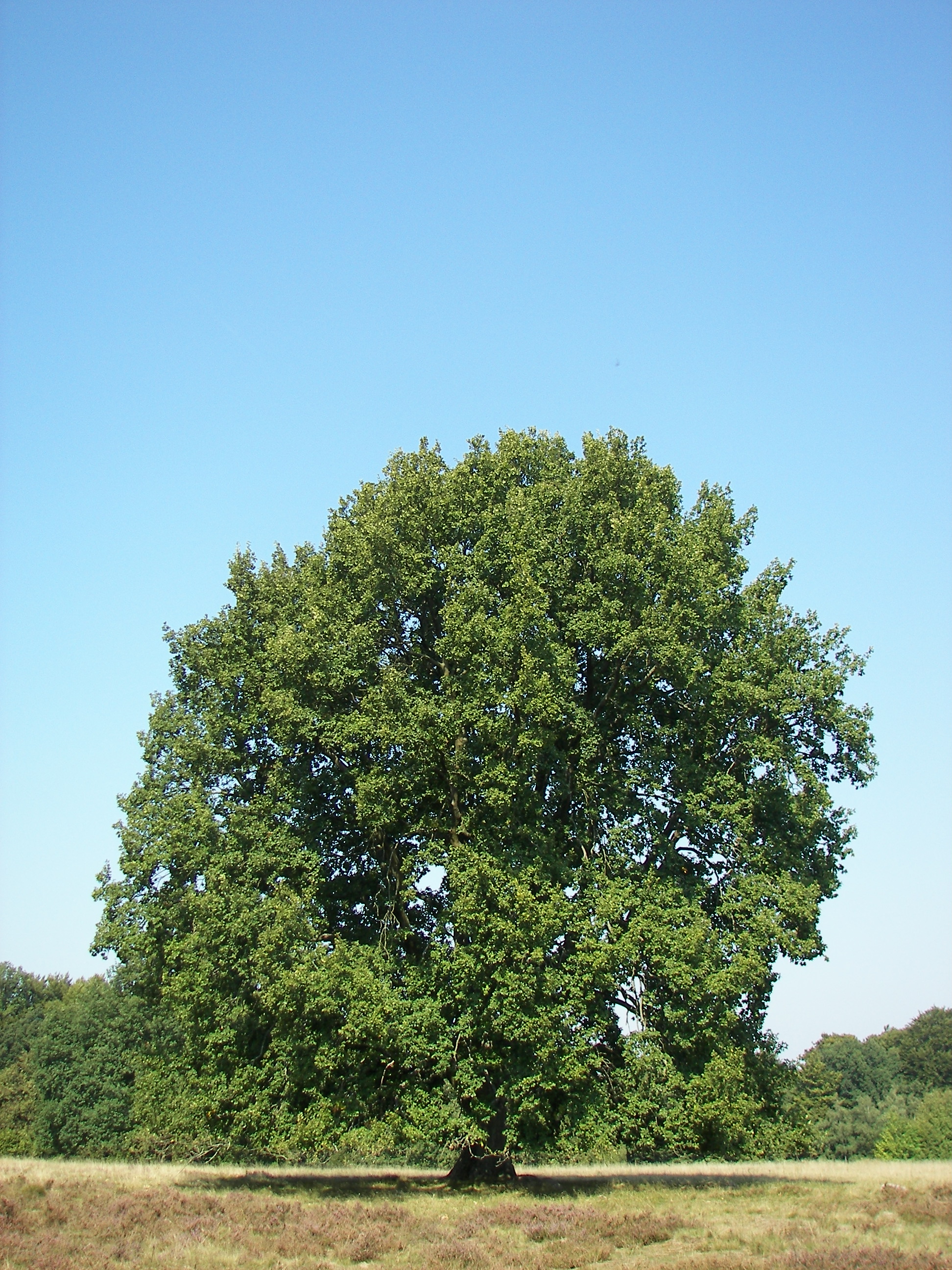Stagnogley on:
[Wikipedia]
[Google]
[Amazon]

 A stagnogley soil is a type of non-
A stagnogley soil is a type of non-
 A stagnogley soil is a type of non-
A stagnogley soil is a type of non-alluvial
Alluvium (, ) is loose clay, silt, sand, or gravel that has been deposited by running water in a stream bed, on a floodplain, in an alluvial fan or beach, or in similar settings. Alluvium is also sometimes called alluvial deposit. Alluvium is ...
, non-calcareous
Calcareous () is an adjective meaning "mostly or partly composed of calcium carbonate", in other words, containing lime (mineral), lime or being chalky. The term is used in a wide variety of Science, scientific disciplines.
In zoology
''Calcare ...
soil that is typically loam
Loam (in geology and soil science) is soil composed mostly of sand (particle size > ), silt (particle size > ), and a smaller amount of clay (particle size < ). By weight, its mineral composition is about 40–40–20% concentration of sand–si ...
y or clay
Clay is a type of fine-grained natural soil material containing clay minerals (hydrous aluminium phyllosilicates, e.g. kaolinite, ). Most pure clay minerals are white or light-coloured, but natural clays show a variety of colours from impuriti ...
ey soil with a dense, impervious, subsurface horizon
The horizon is the apparent curve that separates the surface of a celestial body from its sky when viewed from the perspective of an observer on or near the surface of the relevant body. This curve divides all viewing directions based on whethe ...
.
Stagnogley soils are related to the pseudogleys and are classified as gleyic soils. The name "stagnogley" comes from the soil's gley dynamics. This hygroscopic
Hygroscopy is the phenomenon of attracting and holding water molecules via either absorption (chemistry), absorption or adsorption from the surrounding Natural environment, environment, which is usually at normal or room temperature. If water mol ...
soil is nutrient-poor, often highly acidic, and poorly aerated, making it unsuitable for farming due to poor crop growth.Fritz Scheffer, Paul Schachtschabel: ''Lehrbuch der Bodenkunde.'' 15th edn., newly revised and expanded by Hans-Peter Blume. Spektrum, Heidelberg, etc., 2002, . With a shallow topsoil layer and a moderately stony subsoil
Subsoil is the layer of soil under the topsoil on the surface of the ground. Like topsoil, it is composed of a variable mixture of small particles such as sand, silt and clay, but with a much lower percentage of organic matter and humus. The su ...
, stagnogley soil is mainly used for woodland,''Stagnogley'' in: '' Microsoft Encarta'' supporting tree species that thrive well in these conditions, such as the English Oak.
Formation
This type of soil, whose topsoil becomes bleached due to continual waterlogging, is often formed on sand-rich material over dense, sandy-loamy to silty-clayey subsoil—also called inGerman
German(s) may refer to:
* Germany, the country of the Germans and German things
**Germania (Roman era)
* Germans, citizens of Germany, people of German ancestry, or native speakers of the German language
** For citizenship in Germany, see also Ge ...
—in cool, moist climatic zones. As a result of frequent waterlogging throughout the seasons at low temperatures, minerals like iron
Iron is a chemical element; it has symbol Fe () and atomic number 26. It is a metal that belongs to the first transition series and group 8 of the periodic table. It is, by mass, the most common element on Earth, forming much of Earth's o ...
and magnesium
Magnesium is a chemical element; it has Symbol (chemistry), symbol Mg and atomic number 12. It is a shiny gray metal having a low density, low melting point and high chemical reactivity. Like the other alkaline earth metals (group 2 ...
are released and deposited in the sandy topsoil to the sides. Where the soil is saturated all-year round, it turns into bog stagnogley and, eventually, into bog
A bog or bogland is a wetland that accumulates peat as a deposit of dead plant materials often mosses, typically sphagnum moss. It is one of the four main types of wetlands. Other names for bogs include mire, mosses, quagmire, and musk ...
. Examples, known as '' missen'' occur in the Black Forest
The Black Forest ( ) is a large forested mountain range in the States of Germany, state of Baden-Württemberg in southwest Germany, bounded by the Rhine Valley to the west and south and close to the borders with France and Switzerland. It is th ...
in Germany.
Extent
Stagnogley soils occur in perhumid climates and also on steep slopes. They are found, for example, in the central European Central Upland ranges of theBlack Forest
The Black Forest ( ) is a large forested mountain range in the States of Germany, state of Baden-Württemberg in southwest Germany, bounded by the Rhine Valley to the west and south and close to the borders with France and Switzerland. It is th ...
, Ore Mountains
The Ore Mountains (, or ; ) lie along the Czech–German border, separating the historical regions of Bohemia in the Czech Republic and Saxony in Germany. The highest peaks are the Klínovec in the Czech Republic (German: ''Keilberg'') at ab ...
and Eifel
The Eifel (; , ) is a low mountain range in western Germany, eastern Belgium and northern Luxembourg. It occupies parts of southwestern North Rhine-Westphalia, northwestern Rhineland-Palatinate and the southern area of the German-speaking Com ...
in waterlogged places, as well as on the Midvale Ridge in the UK. Due to the discharge of heavy metals, they occur with oxigleys.
References